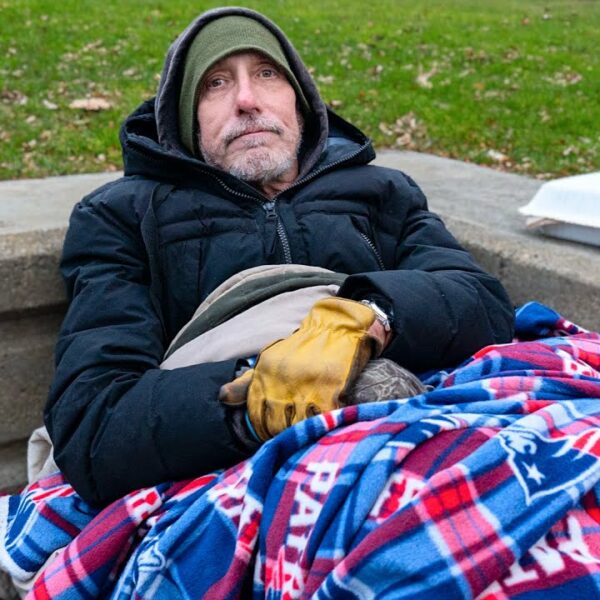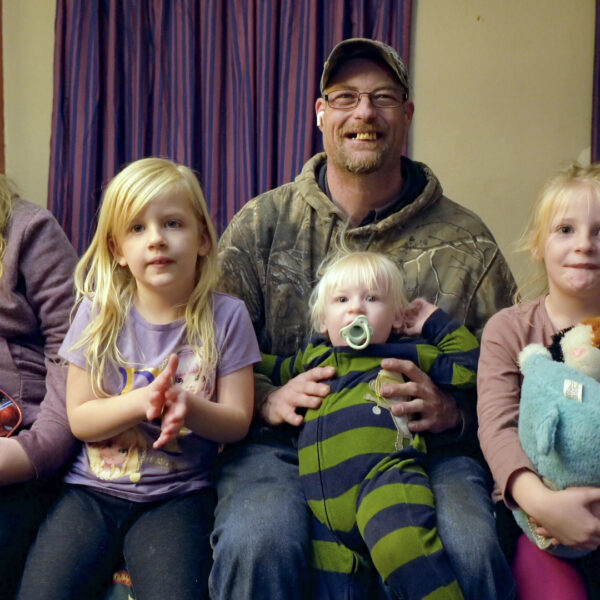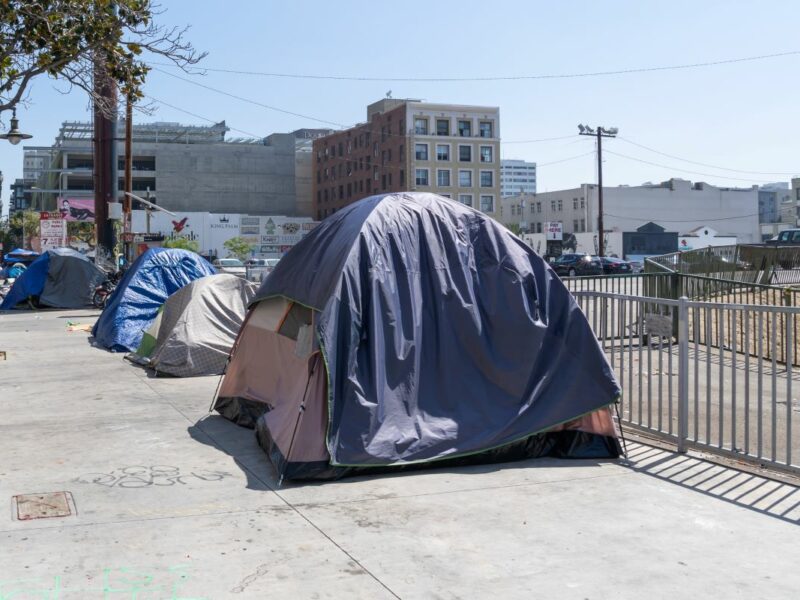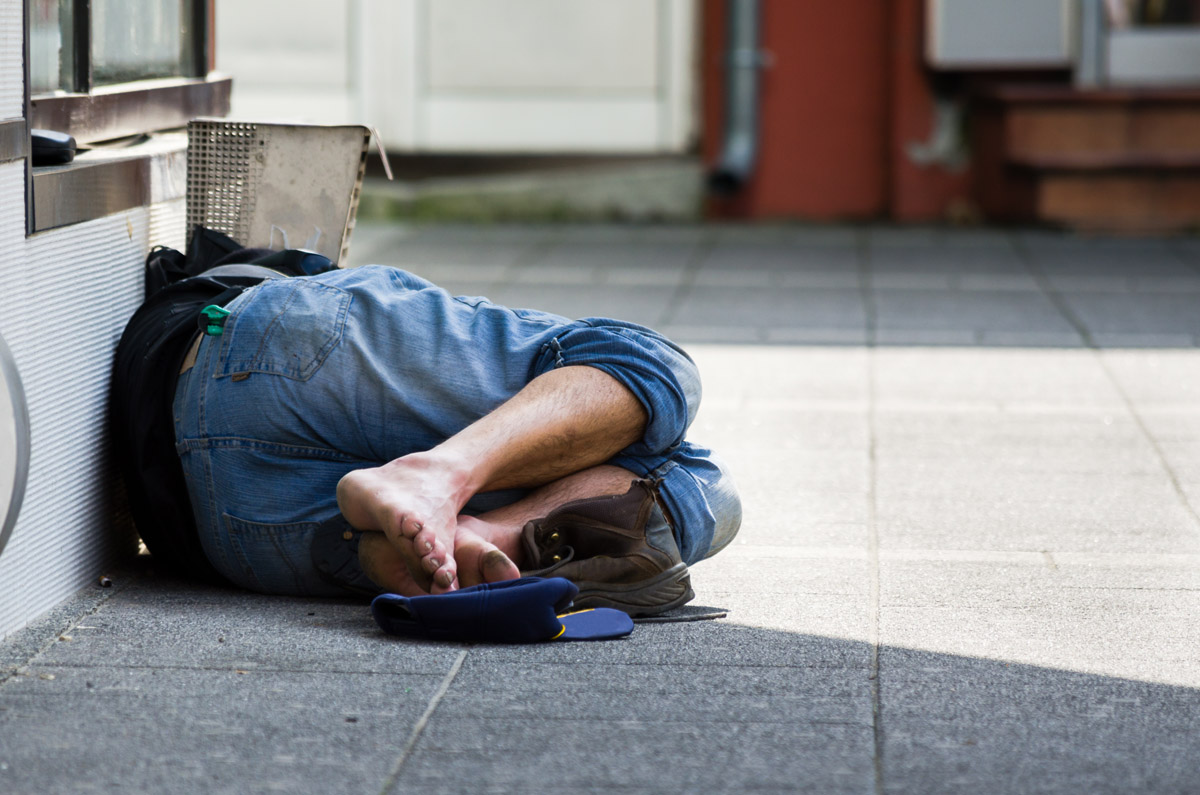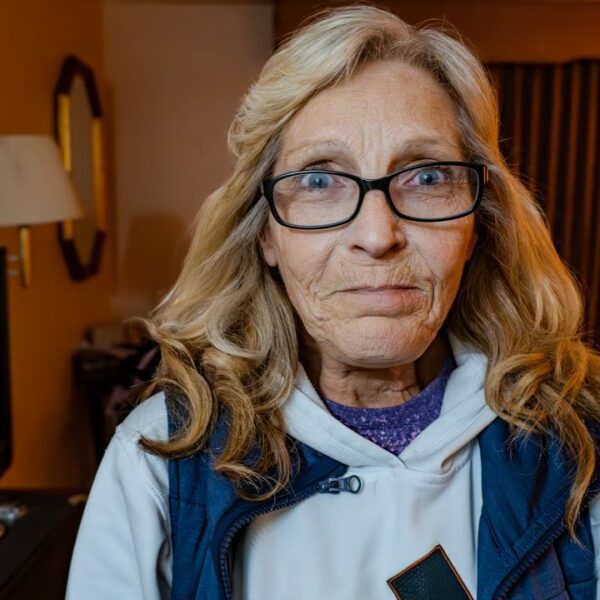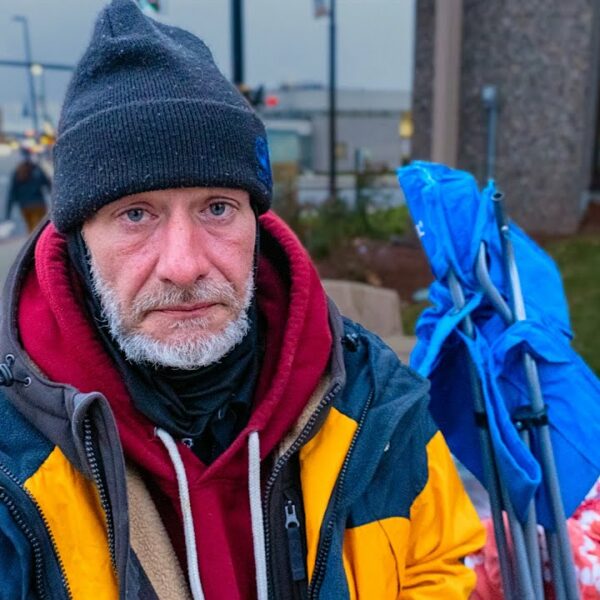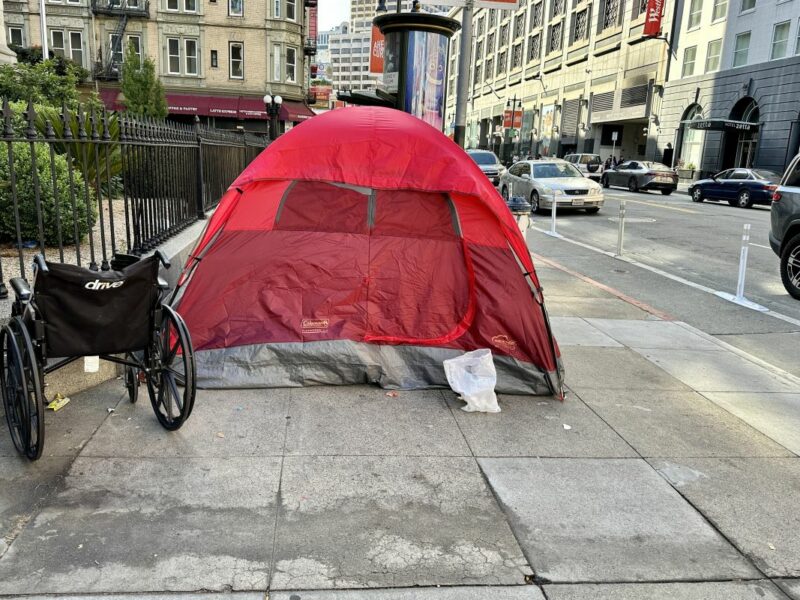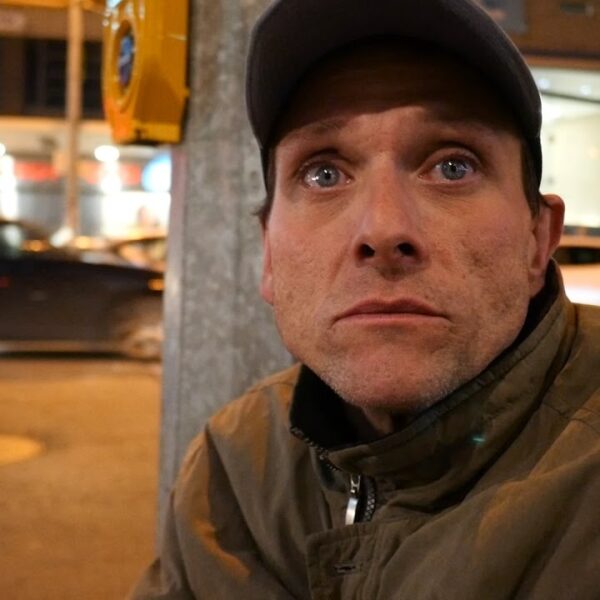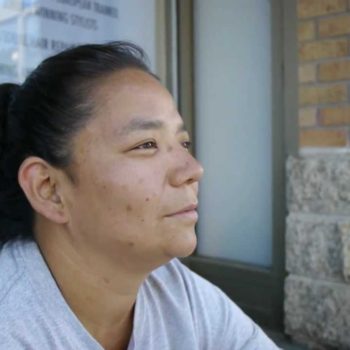Are you living close to the edge, in the space between being housed and “officially” homeless. When living in the margin, sometimes all it takes is a push.
From the Sofa to the Street
The COVID-19 pandemic has been that push for more than a few people. The amount of people seeking shelters has increased dramatically in many cities the world over.
Take Chatham, Ontario as an example. Pre-COVID-19, the Reach Out Chatham Kent Missions would routinely hand out roughly 150 meals to people experiencing some form of homelessness. Over the last few months, this number has jumped to nearly 300. The homeless count in Chatham-Kent went from below 90 to more than 200 from February to March.
What has caused the uptick? Al McGuigan, the mission’s executive director, says that these people have been there all along. Only now have the pressures of social distancing and a pandemic revealed this “hidden homelessness.”
“They carry their belongings in a backpack, and so they go from house to house, depending on where they can find a place to lay their head,” he said. “They sometimes have taken a closet, or a former entrance way is closed off and turned into a bedroom.”
People who couch surf or find shelter outside of typical emergency housing go uncounted.
While they’re not quite homeless, they don’t exist on census counts as residents of a specific address. They live in the margin between being the two. There’s a roof over their head – it’s just at the graces of someone else’s goodwill. This grey area can serve to mask true homeless numbers. But a rather unexpected result of the COVID-19 pandemic is that layers previously concealing this type of homelessness are slowly peeling back.
April Rietdyk, Chatham-Kent’s general manager of health and family services, says that social distancing and the culture of (reasonable) fear that has permeated society since the pandemic started is at least partially to blame for growing homeless populations.
“[Newly homeless people] might have been working at a fast-food restaurant,” she said. “They might have been working at one of our large kind of box stores, all making minimum wage. And, an individual, even on minimum wage, it’s still pretty hard [for them] to find a place to rent and live.”
Whereas filling a small living space with a big number of residents was once a strategic way to cut expenses, it now makes every tenant exceeding the number of rooms in a dwelling unwanted.
Fear is a powerful driving force.
Folks that were once willing to give down-on-their-luck friends a place to crash are less likely to do so when every YouTube advertisement, radio spot and billboard preaches the need to keep 6 feet apart.
Another reason homelessness is becoming more visible is there are less housed people on the streets. Public areas have become ghost towns. This makes the previously “invisible people” anything but.
Carol Kauppi, an academic at Laurentian University, suggests that numbers from homeless censuses may be more misleading than we previously thought.
“People will often turn to friends or family as a first step to avoid having to sleep on the streets,” she said. “But then they may try many, many other things as they struggle with finding shelter.”
A study conducted in Ontario a few years back revealed some not-so-surprising findings. People squat and sleep in stairwells or basements, slip into crawl spaces under homes and use sex work as a way to find shelter, especially during cold Canadian winters.
What about people who were already in debt when the pandemic hit and the world economy came to a grinding halt? This has resulted in another factor causing homelessness. While debt may have been “floatable” before the pandemic, mounting bills eventually make even the strongest swimmer sink.
Thankfully, some progressive social workers view this pandemic as a crisis to help those suffering from hidden homelessness. Polly Smith, Chatham-Kent’s director of employment and social services preaches optimism:
“Never waste a crisis. That’s how we’re looking at this,” she said. “We’re trying to look at this as an opportunity to reach more people and help more people.”
Creating long-term solutions to help people suffering from homelessness, hidden or not, may be exactly what’s needed to move people from homelessness to housing.



